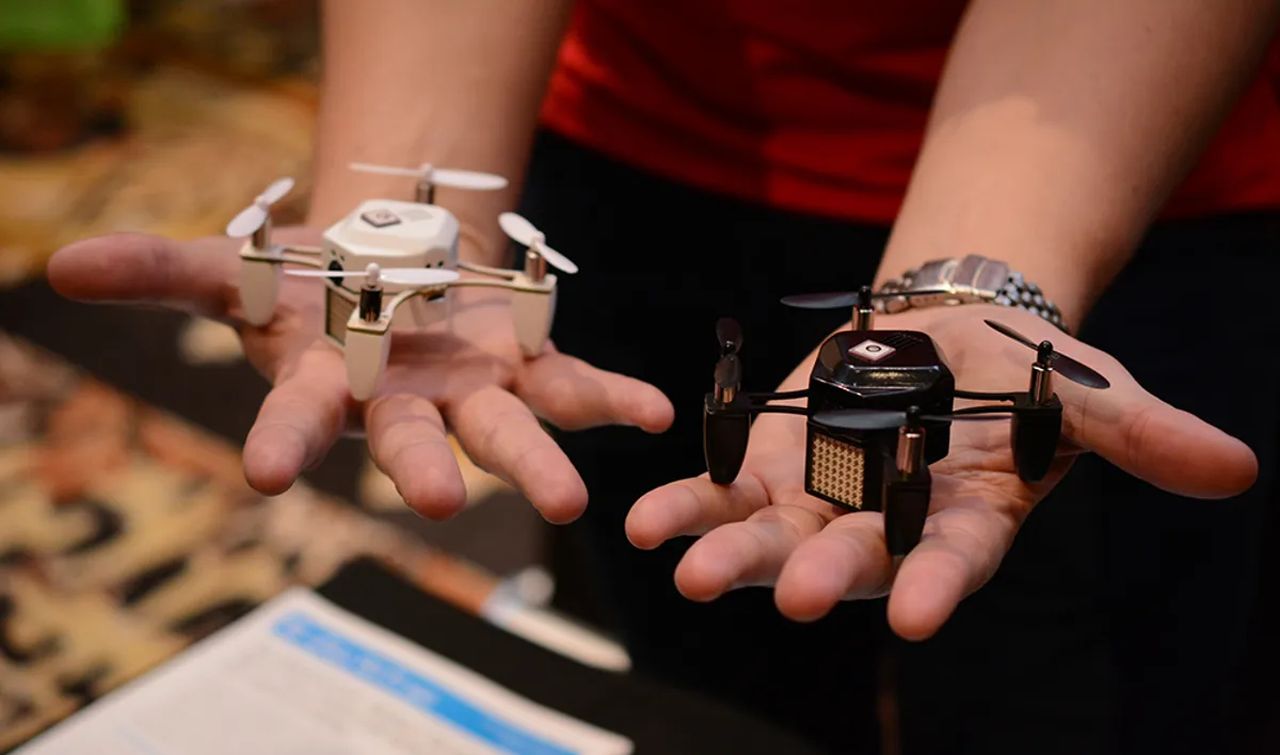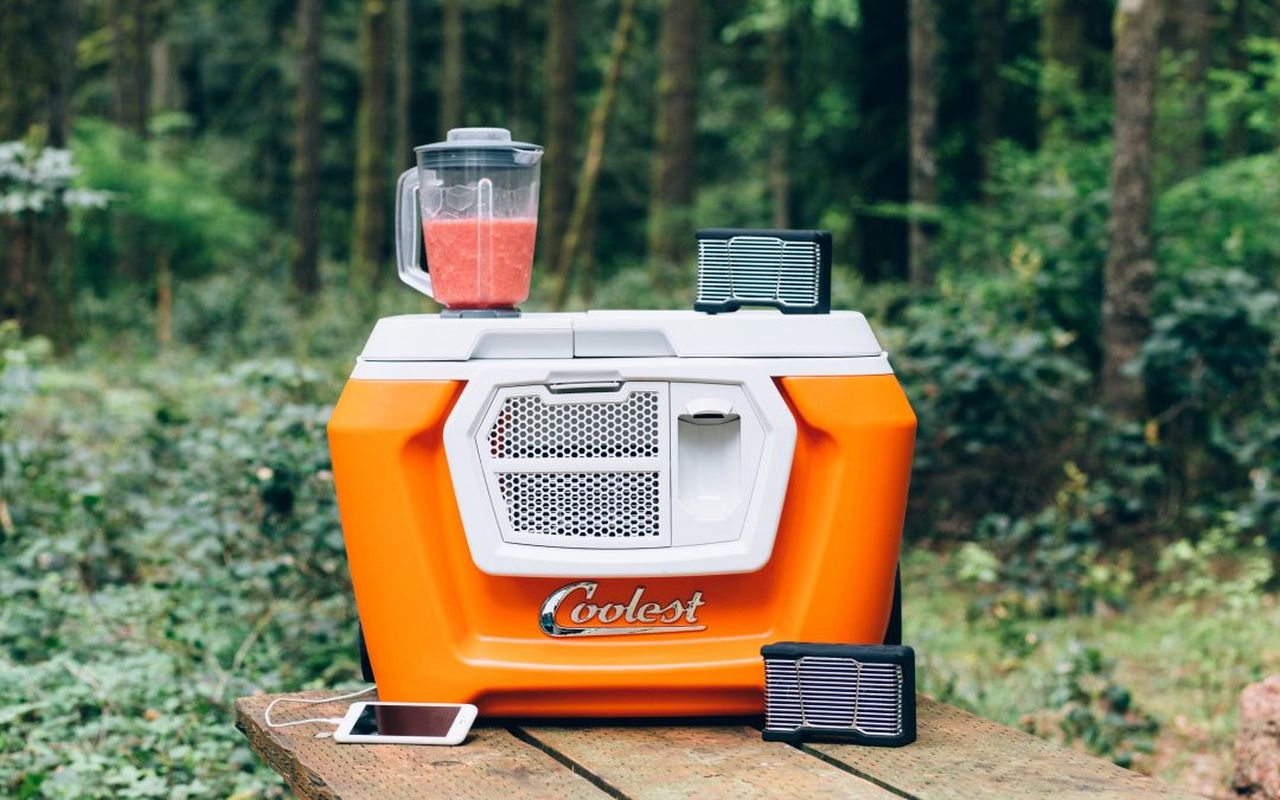When Kickstarter was launched, tech pundits hailed it as a ‘Reddit of entrepreneurs,’ a fitting description, given that it wasn’t aiming to become the next Amazon or eBay. Instead, it offered something entirely different: A crowdfunding platform to help creators bring their dream projects to life with help from prospective buyers. Whether it was a gadget, furniture design, game console, or an everyday tool, Kickstarter served as a space for those with unique ideas to find support and bring their vision to reality.
Of course, there were a set of rules the creators had to abide by. They needed to calculate the amount of money required to bring their project to life, decide how many units they would produce, plan for marketing and other expenses, and ensure they allocated some profit for themselves. Once these details were worked out and the project was live, it became the creator’s moral responsibility to keep backers updated about the project’s progress and deliver the promised products within the agreed timeline.
If a creator is successful, they are celebrated for their achievement. However, if they fail to reach their crowdfunding goal, all the contributions from backers are refunded by the crowdfunding platform: Kickstarter, Indiegogo, et al. The process seemed straightforward and fair until it was hijacked by some smart scammer masquerading as debonair with the next big innovation.
Case in point, the Zano Drone that turned out to be a million-dollar disaster. Perhaps one of the most notorious Kickstarter campaigns, it raised over $3 million, promising backers a selfie-focused drone that could fit in the palm of a hand. The project boasted cutting-edge technology, a compact design, and advanced features. However, shortly after the funding was secured, backers began to experience delays and a lack of communication from the project creators.
As the months wore on, it became clear that the Zano Drone was not ready for production. The creators failed to deliver on their promises, and after repeated setbacks, it was revealed that the drone’s technology was vastly overhyped. In fact, the creators had never delivered a functional prototype, and many of the drone’s claimed features were way ahead of the technology available at the time.
It’s 2025 now, and if you go through the comment section of the Zano Drone Kickstarter campaign page, funnily enough, people are still invoking rights in the hope that they would get their pledge amount back, if not the Drone. Scott Williams, one of the Superbackers of the project, told Homecrux, “The project was worse than getting hit in the balls by a baseball bat. I pity the comment section and the backers who still hope they are going to get their penny back.”

The Zano Drone case is a stark example of a Kickstarter campaign that not only failed to deliver a product but was utterly deceitful. The creators ultimately went silent, and many backers were left with nothing, no product, no refund, and no recourse!
In another similar case, the Coolest Cooler, a $13 million flop, is unforgetful. Launched in 2014, the campaign raised a staggering $13 million, making it one of the most funded projects in Kickstarter’s history, back then. The idea was simple: A high-tech cooler that featured built-in Bluetooth speakers, a blender, USB charging ports, and even a bottle opener.
Initially, the campaign seemed like a dream come true for backers who wanted an all-in-one cooler for their summer parties. However, as production issues mounted, the creators struggled to meet deadlines and failed to deliver the product to many backers. In the meantime, they continued to sell the coolers through traditional retail channels, leaving backers who had contributed thousands of dollars in the dark. Ultimately, the Coolest Cooler became a symbol of Kickstarter’s potential for failure.
“Many backers received nothing, and those who did get their coolers reported subpar quality, far from the product that had been promised. While not a blatant scam in the traditional sense, the lack of accountability, combined with poor management and communication, left many backers feeling swindled,” Nic Maddinson, who had pledged the campaign, told us.

The common thread in these cases is poor communication and a lack of accountability. Ultimately, the Zano Drone and Coolest Cooler are examples of makers vouching more than their products can offer. While not a classic scam, where the creator disappears after receiving the raised money, the makers of the Coolest Cooler exploited Kickstarter’s loopholes as a platform to fund their pre-existing business, leaving backers feeling misled and ghosted.
How correct is it to call them scammers? In theory, one may label them as scammers, but the real scam lies in what you and I can’t even fathom. A standout example is ‘MUFEE – Home Smart Essential Oil & Infusion Oil Maker,’ a campaign recently suspended by Kickstarter for being blatant spam. With a $1,000 goal, the company behind the project was in the process of raising over $600,000 before Kickstarter representatives took matters into their own hands and suspended the campaign, saving the backers from being frauded.
This was brought to light by whistleblowers like ‘Loken’ and ‘Darren Taylor’ who have been calling out such fraudulent campaigns actively. These scams have a pattern: the backers and comments are from similar usernames, and the campaign goals are around the $1,000 mark, which creators can themselves put in to create the initial hype. Whistleblowers connect these dots to find a series of scams these fraudsters have been doing in the name of delivering products that are too good to be true.

“One of the tactics these scammers use is pinning random comments (which are apparently their own comments) so that when curious people come to read the comments, they don’t see our efforts to rout out scammers. It’s another tactic that I’ve seen in my time busting scammers on Kickstarter,” whistleblower Loken informs Homecrux.
While Kickstarter is designed to be a marketplace for creators to turn ideas into reality, it is becoming a hunting ground for scammers, leaving backers with nothing but empty promises. These scammers are neither engineers nor creators, nor do they have a designated foundry. What they possess is a knack for using generative artificial intelligence (AI) to create fake products that do not have a blueprint, let alone a prototype.
Interestingly, the MUFEE creators are now trying their luck on Indiegogo. The have launched their campaign on the crowdfunding platform, citing a missed email from Kickstarter as their reason for being suspension. While people were lucky to have escaped being scammed due to Kickstarter’s vigilance in the case of MUFEE, they weren’t so fortunate when they fell for scams like the Arc Sleep, NiteEase, Dongying A3, and many more.
Scott Mohnkern is one such person who recently lost his monthly savings in the hope of getting a NiteEase bedside table. “Yes, I was a backer of the project. The creator has stopped posting updates and responding to any messages on the project. Several people have complained in the comments section, and no one has reported receiving responses from the creator. I believe all backers have been scammed at this point,” he told Homecrux.
“I’ve backed multiple crowdfunding projects, and in general, have had excellent success, but have had a few (probably less than a dozen) projects that failed at a variety of levels. My big issue with project failures in crowdfunding is the complete lack of accountability the crowdfunding platform tends to take. For example, with Kickstarter, if a project fails for any reason, Kickstarter will not enforce their Terms of Service for the Creators, such as the requirement that the creator provide financial accountability on how the money was spent and why the project failed, and issuing refunds if there was money left over. On top of that, Kickstarter refuses to provide any contact information for the creator, effectively insulating the creator from any kind of litigation by backers,” Scott claims.
“I do want to be clear, if a project fails, I don’t expect Kickstarter to refund the backers investment, but I do expect them to enforce their policies with respect to creators, and provide reasonable assistance to backers in reaching out to creators who have failed to comply with Kickstarter’s terms of service, which I belive they do not comply with,” Scott urges.
Though we tried getting some answers to Scott’s questions from Kickstarter’s top management, they were silent on the matter and instead directed us to their PR team. We are yet to hear from their PR; our repeated emails and messages have gone unanswered. A representative at Kickstarter (who refused to disclose identity) said, I cannot speak on the matter, but I have a few tips that could save some backers from potential scams.
“Check the creator’s track record: Have they delivered on previous campaigns? Are they transparent and communicative about their progress? It’s really important to look for red flags, especially claims too good to be true. Is the timeline overly optimistic? The most important thing is to stay informed and keep scrolling through the comment section to know whether your fellow backers are complaining about similar issues.”
Well, long story cut short, ultimately, backers must understand that crowdfunding is an inherently risky venture, but with caution, proper research, and awareness, they can help reduce their chances of falling victim to scams. Kickstarter has revolutionized the entrepreneurial landscape, but as with any platform that deals with money, there are always bad actors waiting to exploit it.
Follow Homecrux on Google News!




